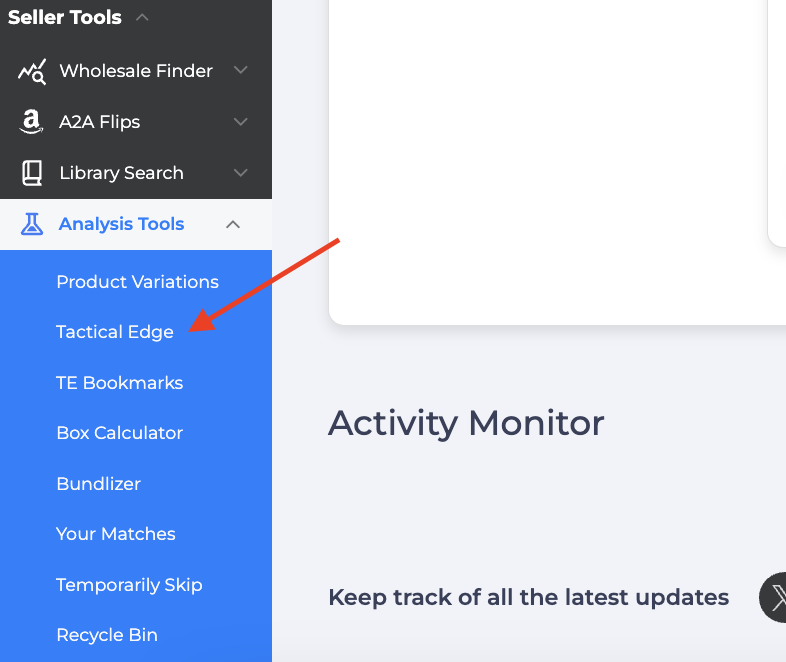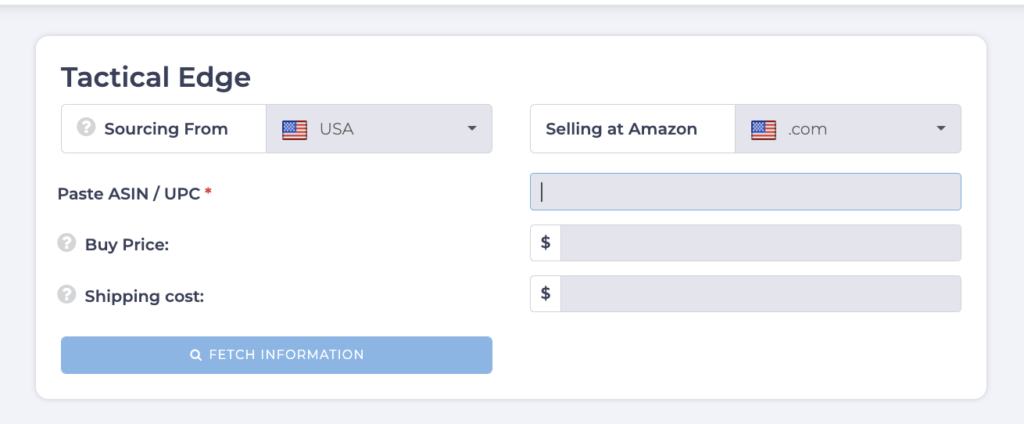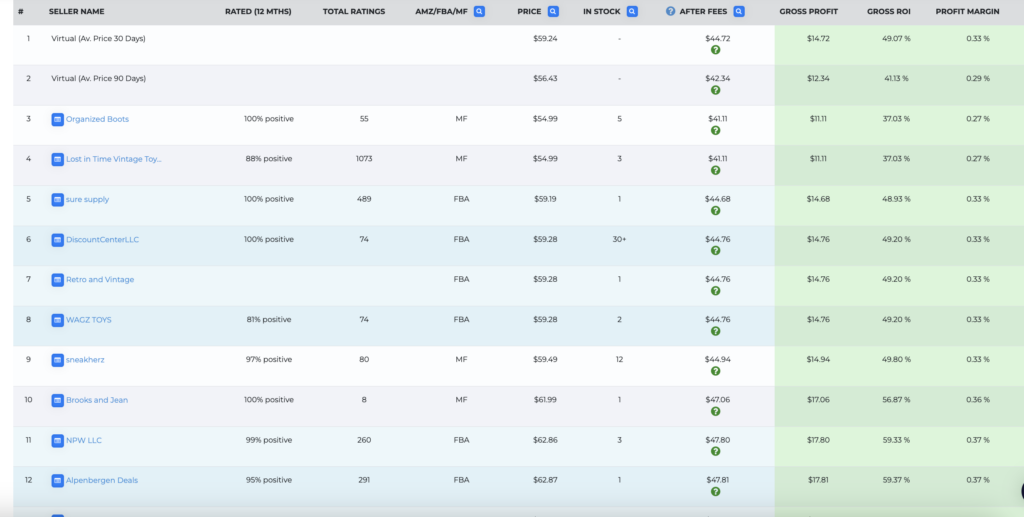- Blog
-
For Sellers
Navigate Amazon’s ASIN-level inventory restrictions (stock limits) by using Tactical Edge
Sellers face new challenges with inventory restrictions at the ASIN level. Explore how these restrictions work and how you can handle them.

In the evolving landscape of Amazon FBA, sellers are facing new challenges with inventory restrictions that operate at the ASIN level across all sellers. This article explores how these restrictions work and provides a step-by-step guide on using Tactical Arbitrage‘s Tactical Edge feature to navigate these limitations effectively.
How Amazon’s ASIN-level restrictions work
Amazon recently shared that they now evaluate inventory levels for each ASIN collectively across all sellers in their fulfillment network. This means:
- Days of supply calculations occur at the ASIN level, not at the individual seller level
- When one seller sends large quantities of a product, it can restrict other sellers’ ability to send in the same item
- Total inventory levels for each ASIN across Amazon’s entire fulfillment network determine restock limits
- Even if you’ve never sent in a particular product before, you might face restrictions if other sellers have already stocked significant quantities
Why this matters for sellers
These restrictions create a new competitive dynamic where understanding the current inventory landscape is essential before making purchasing decisions. Without visibility into total FBA inventory levels across all sellers for an ASIN, you risk:
- Buying inventory you cannot send to FBA
- Missing opportunities when inventory levels are low
- Poor inventory planning and cash flow management
Using Tactical Edge to navigate inventory restrictions
Tactical Arbitrage’s Tactical Edge feature provides the units of inventory that every seller has on a given ASIN. This helps sellers make informed decisions in this new environment. Here’s how to use it effectively:
Step 1: Access Tactical Edge
- Log in to your Seller 365 account
- Navigate to Tactical Arbitrage
- Open “Analysis Tools” in the left navigation menu, then select “Tactical Edge”

Step 2: Set up your parameters
- Enter the ASIN you want to research, along with its buy price and shipping cost
- Select the countries you want to research

Step 3: Analyze inventory insights
- Review the “FBA Total Stock” metric to see current inventory levels across all sellers

Step 4: Evaluate restock potential
- Compare current inventory levels against Amazon’s typical thresholds
- Look for products with lower inventory levels relative to sales velocity
- Identify ASINs where you have a higher probability of sending in inventory
Step 5: Make data-driven decisions
- Prioritize products with favorable inventory-to-sales ratios
- Consider timing your purchases when inventory levels are decreasing
- Avoid products where inventory levels are already high across all sellers
Best practices for managing inventory restrictions
- Monitor your restock limits regularly through Seller Central
- Create a systematic process for checking inventory levels before making purchasing decisions
- Diversify your product portfolio to reduce risk from any single ASIN restriction
- Consider smaller, more frequent inventory shipments to maintain sending ability
- Build relationships with suppliers who can hold inventory if necessary
Conclusion
Amazon’s ASIN-level inventory restrictions have fundamentally changed how sellers must approach inventory planning. By leveraging tools like Tactical Arbitrage’s Tactical Edge feature, sellers can gain crucial visibility into the total FBA inventory landscape, making more informed sourcing decisions and maintaining a competitive edge in the marketplace.
Remember that staying informed about inventory levels across all sellers for your target ASINs is now not just advantageous but essential for sustainable success on Amazon FBA.






















